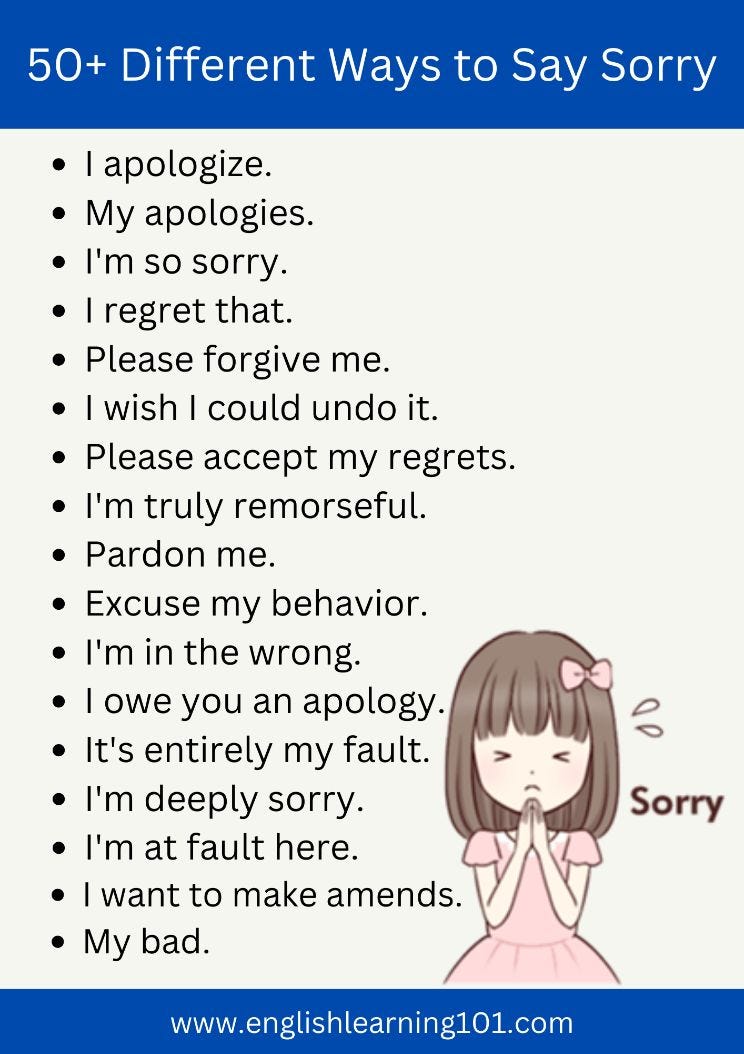How To Apologize When You Aren't Sorry

The aroma of burnt coffee hung heavy in the air of the conference room, mirroring the tension. Eyes darted nervously as Sarah, the marketing lead, prepared to address the team after the disastrous campaign launch. A launch that everyone knew was primarily due to upper management's insistence on unrealistic deadlines, not Sarah's team.
In moments where a genuine apology feels impossible, offering a statement that acknowledges the impact of a situation, expresses empathy, and commits to improvement becomes essential. This approach, while not a full admission of guilt, can help bridge divides and maintain relationships. It's about taking responsibility for the consequences, even when you don't believe you are the cause.
The Fine Art of the Non-Apology Apology
Navigating situations where you're expected to apologize, but don't feel culpable, requires finesse. It's about understanding the difference between admitting fault and acknowledging the other person's feelings.
Why It Happens
Often, the demand for an apology stems from a desire for validation and acknowledgement of pain or inconvenience. People want to feel heard and understood, regardless of who's at fault.
Sometimes the perceived need for an apology arises from corporate culture. A study by the Society for Human Resource Management (SHRM) indicates that effective conflict resolution strategies often emphasize empathy and understanding, which can be misinterpreted as requiring an apology even when it's not warranted.
Crafting Your Response
Start by acknowledging the other person’s experience. Instead of saying "I'm sorry I did this," try "I understand this situation has been frustrating for you."
Focus on empathy and understanding. Show that you recognize the impact of the situation, even if you don’t agree with the blame.
Use phrases like "I can see why you feel that way" or "I understand your frustration." These phrases demonstrate that you're listening and validating their emotions.
Offer solutions and commitment to improvement. This shows you're taking the situation seriously and are willing to work towards a better outcome.
For instance, instead of saying "I'm sorry the report was late," you could say, "I understand the delay in the report caused a setback, and we're working to streamline the process to prevent this from happening again."
Examples in Action
Imagine a customer service representative facing an angry customer due to a company-wide system outage. The representative didn't cause the outage, but the customer is furious.
Instead of a hollow apology, the representative might say: "I completely understand your frustration with the outage, Mr. Johnson. I know it's incredibly inconvenient, and I'm working with the technical team to get your service restored as quickly as possible. I will personally follow up with you to ensure everything is back to normal."
Or, consider a project manager whose team missed a deadline due to circumstances beyond their control, such as a vendor's failure. The manager could say: "I understand the deadline delay has created challenges for you, and I sincerely apologize for the inconvenience it has caused. We’re actively working with the vendor to resolve the issue and minimize further impact on the project. We appreciate your understanding."
The Pitfalls to Avoid
Avoid using conditional phrases like "I'm sorry if you were offended." This implies that the problem lies with the other person's perception, not with your actions.
Don't make excuses or shift blame. While explaining the context can be helpful, avoid making it sound like you're trying to avoid responsibility.
Be genuine in your tone and body language. Sarcasm or defensiveness will undermine your efforts to build bridges. Remember that authenticity is essential.
Moving Forward
Mastering the art of the non-apology apology requires practice and self-awareness. It’s about being mindful of your communication style and the impact of your words.
By focusing on empathy, acknowledgement, and commitment to improvement, you can navigate difficult situations with grace and maintain positive relationships, even when a sincere apology feels impossible.
As Sarah began speaking to her team, she didn't offer a blanket apology for the failed campaign, knowing the pressure had come from above. Instead, she said, "I understand this launch has been incredibly challenging, and I appreciate all of your hard work despite the tight deadlines. Let’s focus on what we’ve learned and how we can improve our strategies for the next campaign to ensure a better outcome." The air in the room shifted, the tension easing as her team understood that she was on their side.

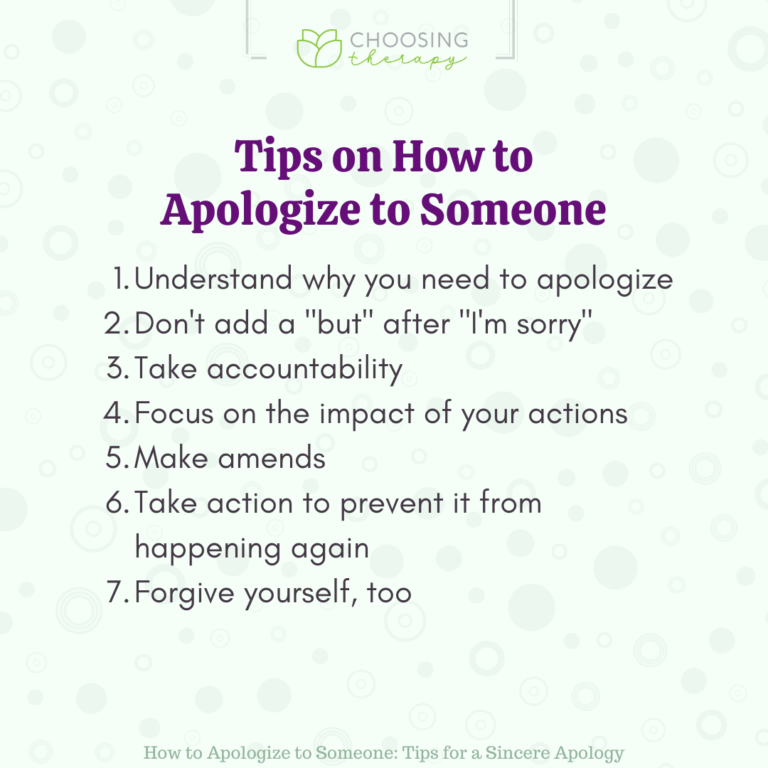

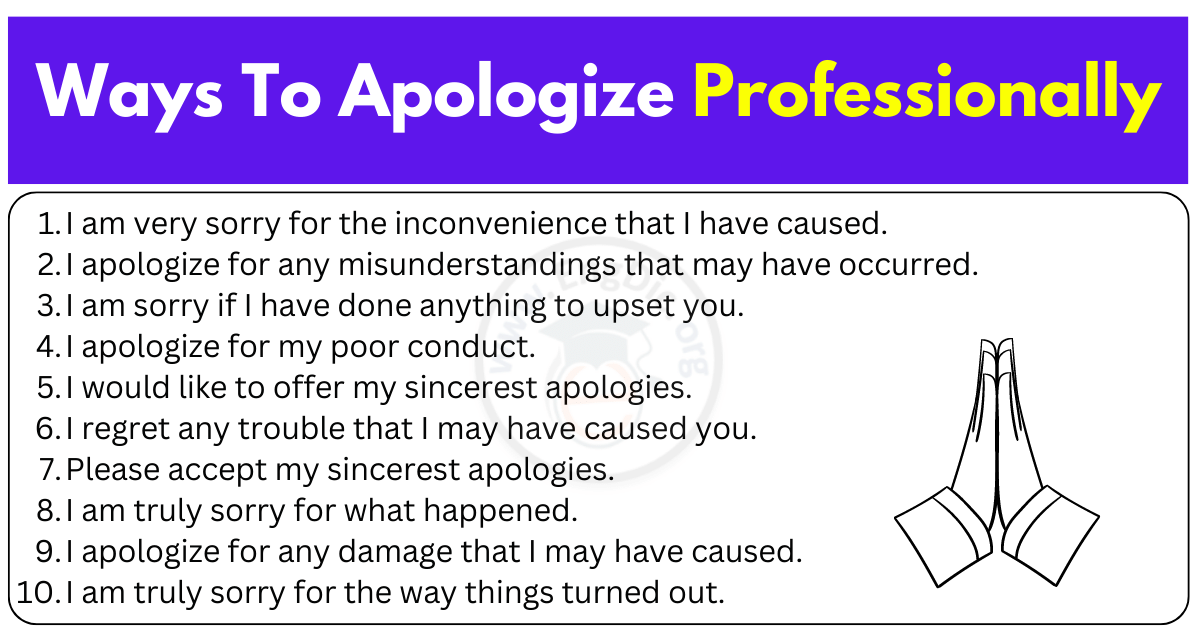
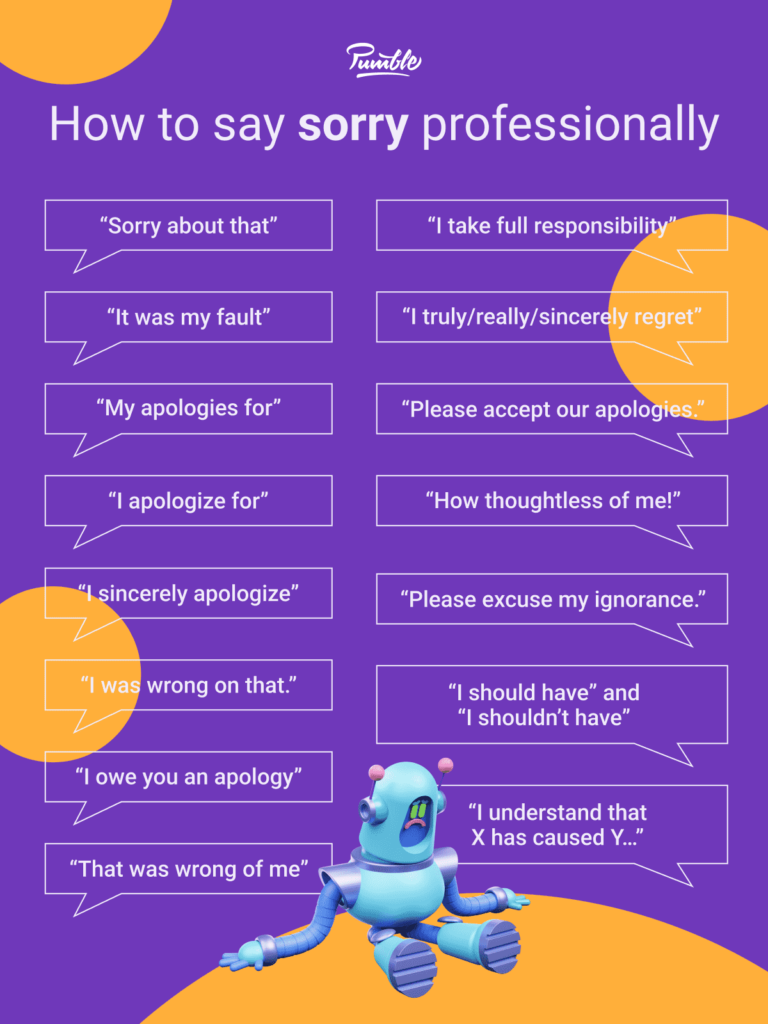

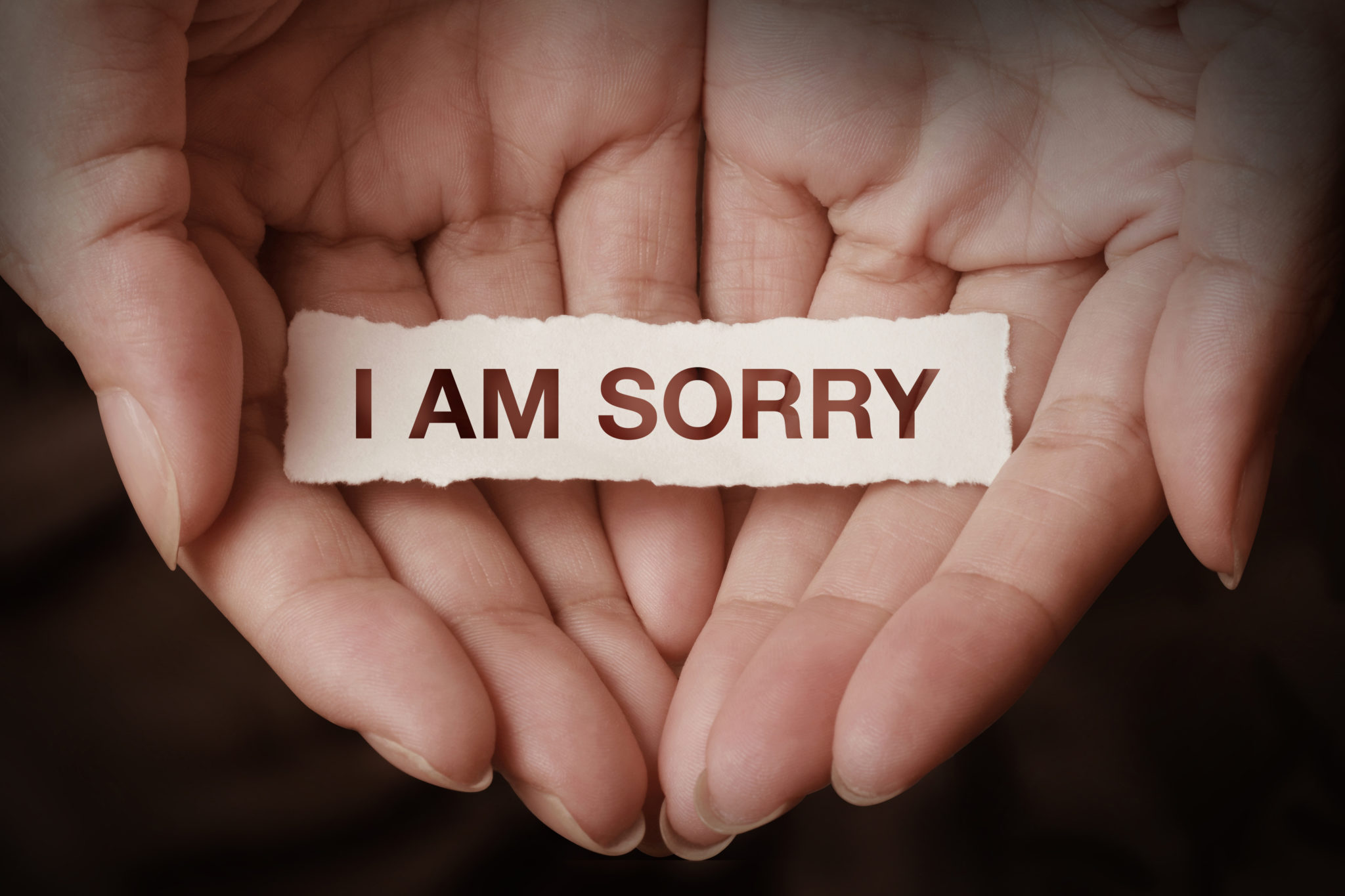
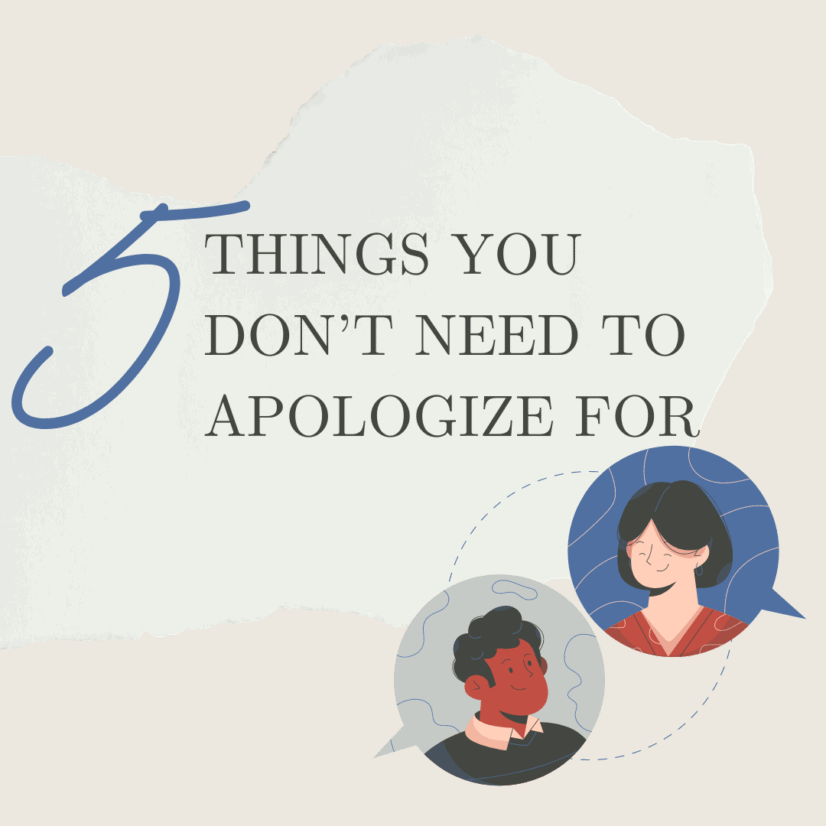
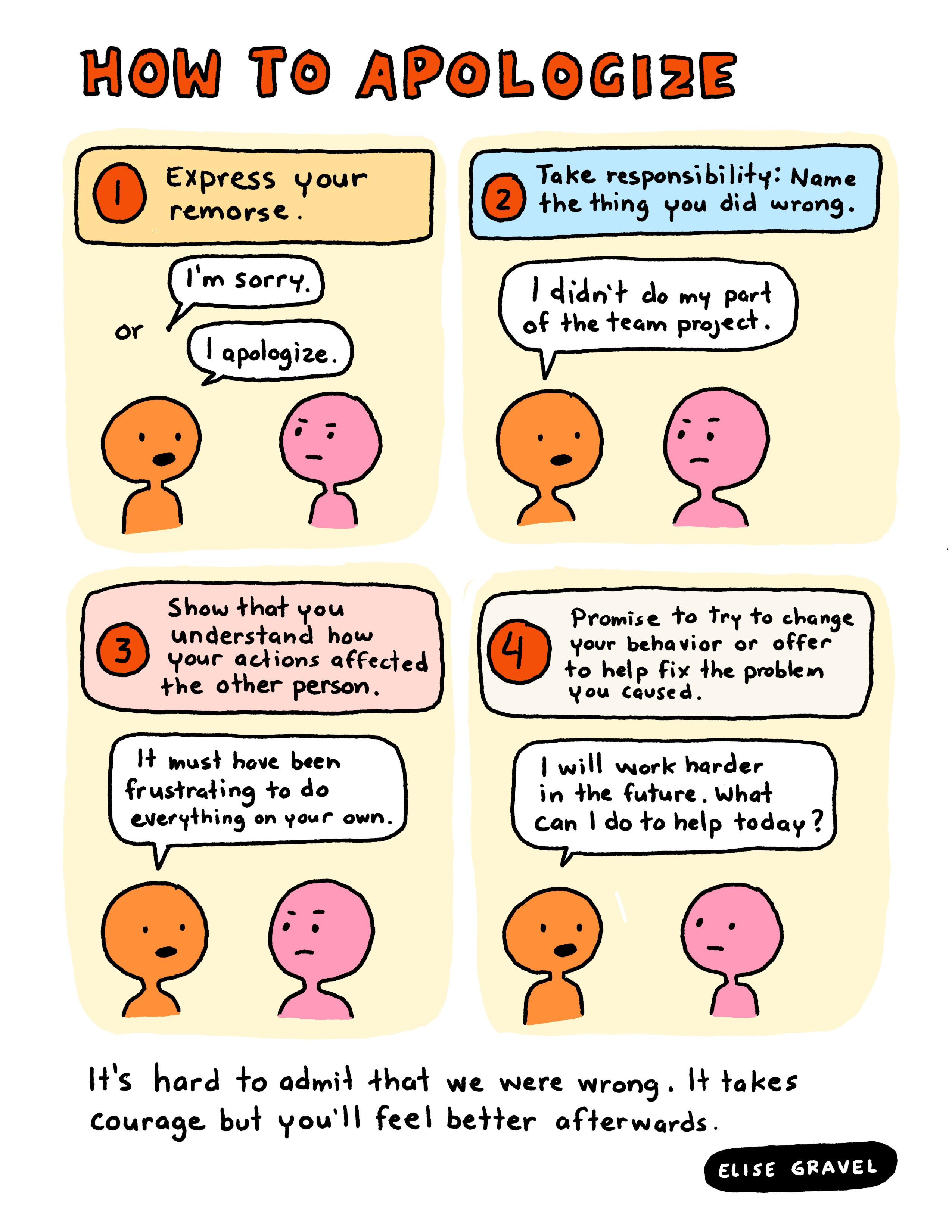
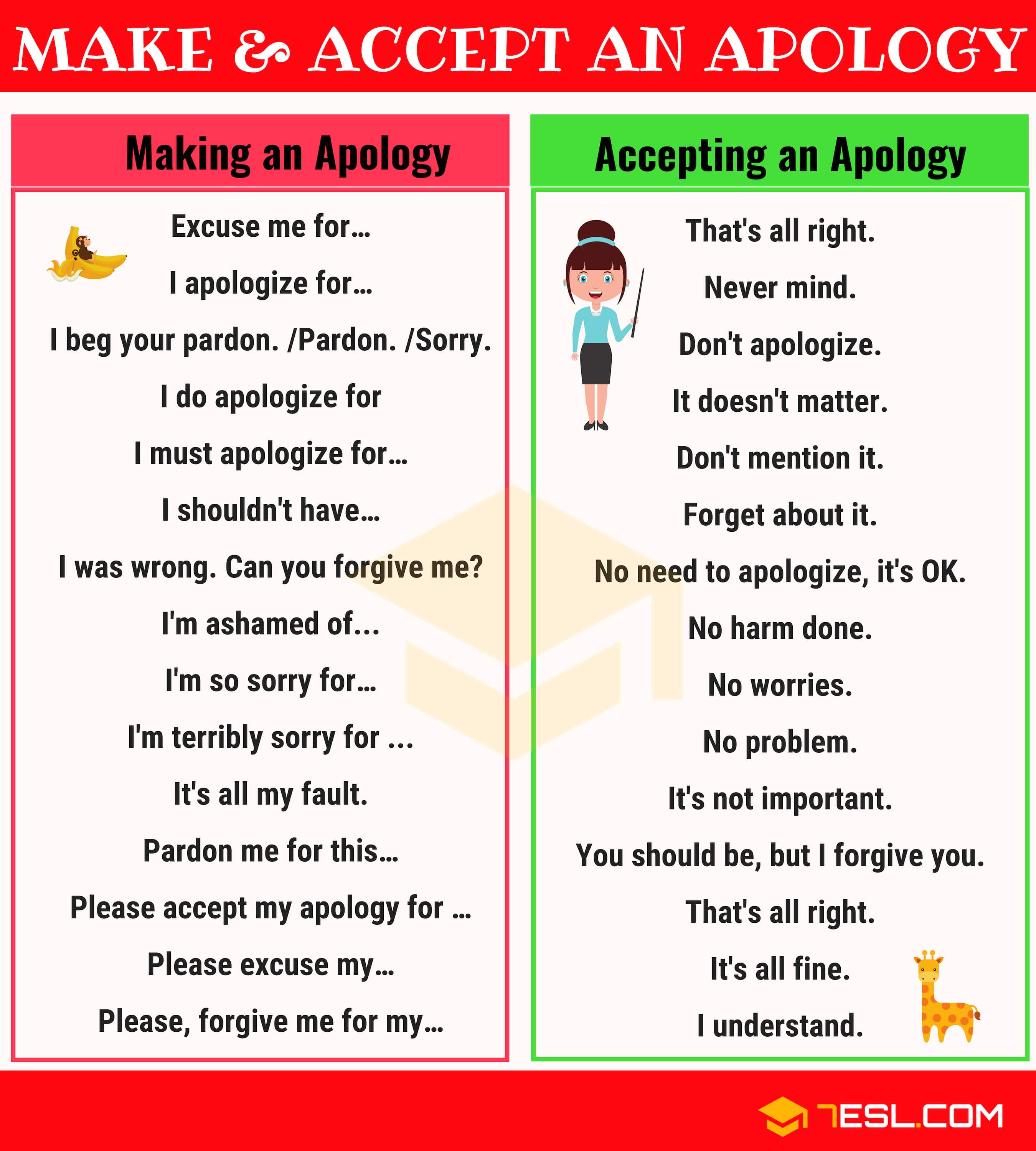


![How To Apologize When You Aren't Sorry Free Printable Apology Letter Templates [Word, PDF] For Students](https://www.typecalendar.com/wp-content/uploads/2023/05/apology-letter-to-boyfriend.jpg)




